PROTECT YOUR DNA WITH QUANTUM TECHNOLOGY
Orgo-Life the new way to the future Advertising by AdpathwayAnalysis of California’s Looming Federal Funding Crisis Over CDL Licensing Standards
California faces a potential loss of $160 million in federal funding due to lax practices regarding the issuance of commercial driver’s licenses (CDLs). A recent audit by the U.S. Department of Transportation has revealed the state’s troubling failure to verify the immigration status and English proficiency of foreign commercial truck drivers. This comes amidst an escalating conflict with federal authorities, driven by concerns about public safety on American roads.
Transportation Secretary Sean Duffy’s warning underscores the seriousness of the situation. With a previous $40 million funding cut already imposed following a tragic crash in Florida involving a California-licensed driver, Duffy’s threat to suspend an additional $160 million serves as a stark reminder of the high stakes involved. “I already took $40 million,” he declared, signaling an uncompromising stance. “I’m going to pull another $160 million if California doesn’t comply.”
The impetus for these measures stems from a policy reform initiated under the Trump administration, creating a direct link between immigration enforcement and trucking regulations. Since June 2024, states have been required to ensure that drivers can understand road signs and communicate effectively with law enforcement before obtaining a CDL—a requirement that California has notably failed to enforce. Duffy emphasized this point, saying, “California is the only state in the nation that refuses to ensure big rig drivers can read our road signs,” framing the issue as one of basic safety for all road users.
The tipping point came from a deadly incident involving an immigrant truck driver named Harjinder Singh, who was involved in a fatal accident after making an illegal maneuver. Despite holding a California-issued CDL, Singh had previously failed an English proficiency test, leading to serious questions regarding the state’s licensing procedures. Following the incident, further scrutiny revealed that, out of thousands of inspections, only one driver was disqualified for failing English requirements. Duffy’s assertion—“These are 80,000-pound trucks barreling down highways”—highlights the real dangers posed by unqualified drivers on the road.
California’s response has been to assert that its record for commercial driver safety is better than the national average, as noted by Duffy’s critics. Governor Gavin Newsom’s spokesperson highlighted that California’s commercial driver fatal accident rate is nearly 40% lower than that of the nation, presenting a counter-narrative to federal claims. However, scrutiny from federal authorities remains largely unshaken, with Duffy pointing to compliance by other states that effectively safeguard public safety by aligning licensing with immigration verification.
As California navigates this crisis, its unique position as a major issuer of CDLs adds another layer of complexity. The state accounted for nearly one in five CDLs nationwide last year, issuing many to foreign nationals. While legitimate immigrant workers contribute to the trucking industry, the concern is that without stringent verification processes, public safety could be compromised. California has notably not implemented federal SAVE checks at its DMV offices, further complicating compliance with federal regulations and putting its CDL prerogative at risk.
The specter of potentially losing the authority to issue CDLs could have a crippling effect on California’s economy. Industries that depend heavily on truck drivers for freight transport are bracing for disruption. The repercussions are not just fiscal but also logistical, with trucking companies facing uncertainty regarding the legality of their operations.
Furthermore, the fight has drawn attention from various civil rights organizations that argue against the federal government’s approach, seeing it as targeting foreign workers during a time of shortage in the trucking sector. Still, federal authorities maintain that public safety must take precedence over other considerations. Duffy’s insistence on utilizing “every tool in the toolbox” reflects this firm stance against what is perceived as recklessness at the state level. “If California doesn’t want to follow the law, they won’t get paid. And they won’t put unsafe drivers on our roads,” he affirmed, summing up the stakes of this ongoing confrontation.
The situation encapsulates the broader tensions between state autonomy and federal regulations. California, known for its progressive stance, finds itself at loggerheads with a federal government determined to tighten enforcement of safety protocols in the name of public welfare. As this battle unfolds, it raises crucial questions about governance, responsibility, and the importance of regulatory compliance in ensuring safety for all road users.
"*" indicates required fields


 1 day ago
2
1 day ago
2
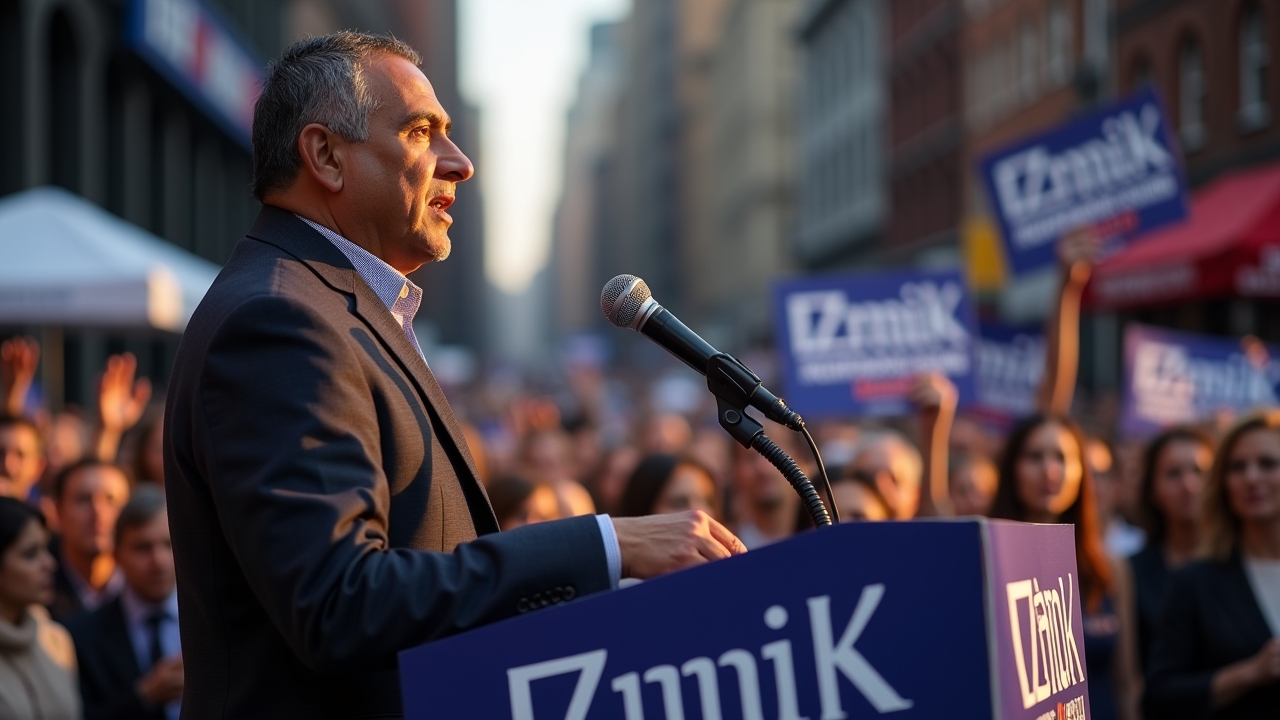

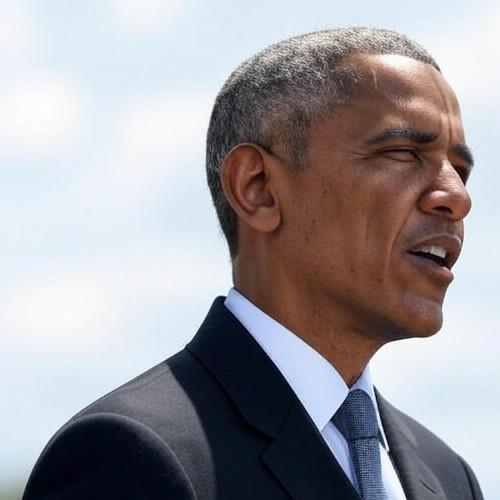



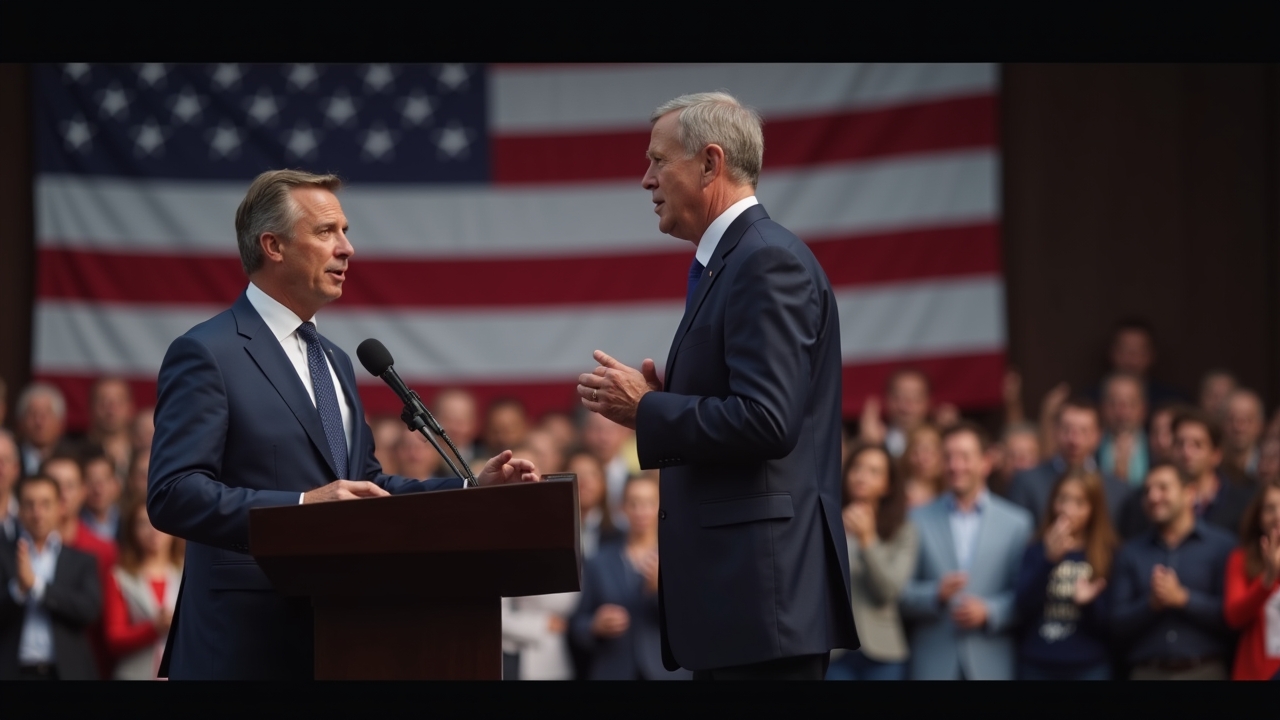






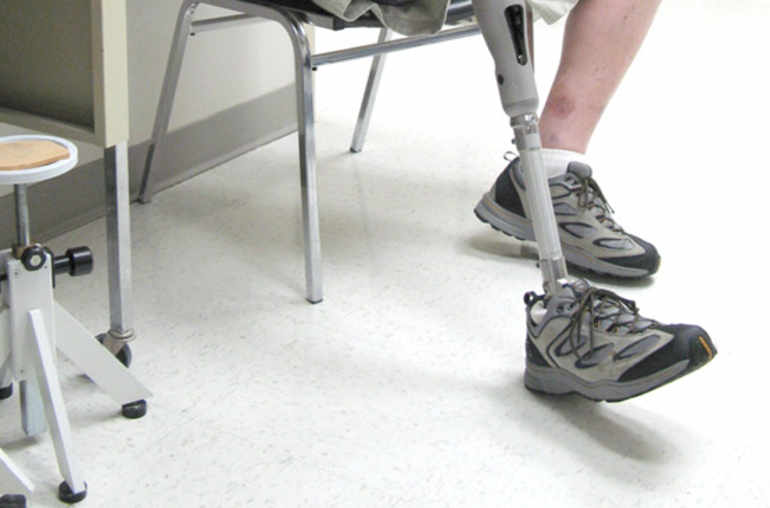
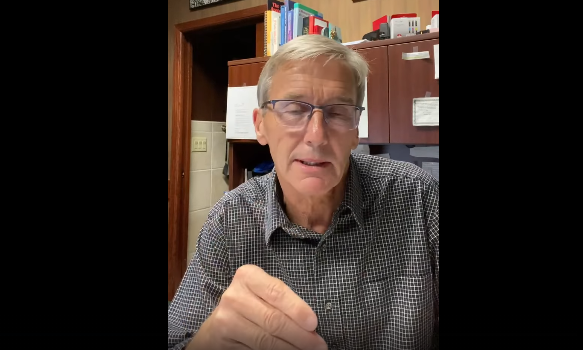



.jpg)



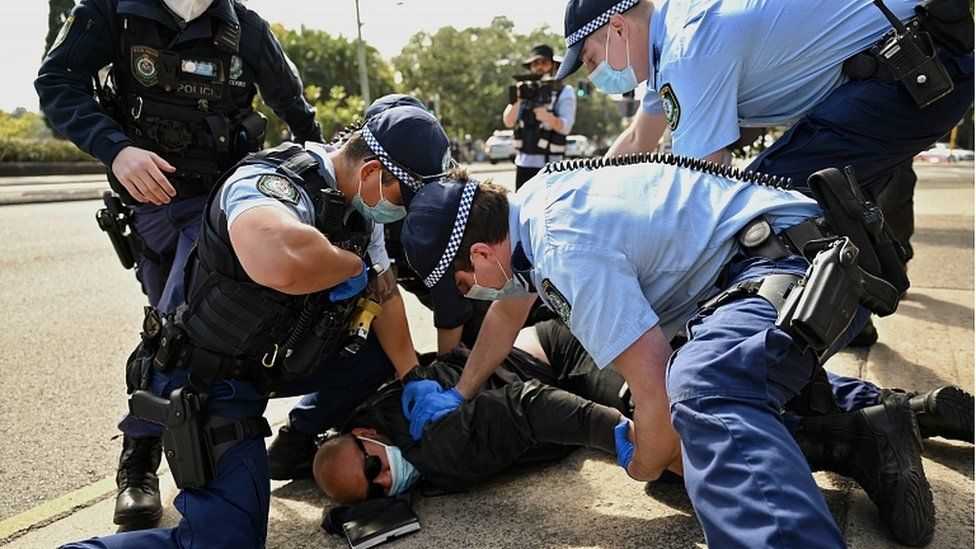


 English (US) ·
English (US) ·  French (CA) ·
French (CA) ·